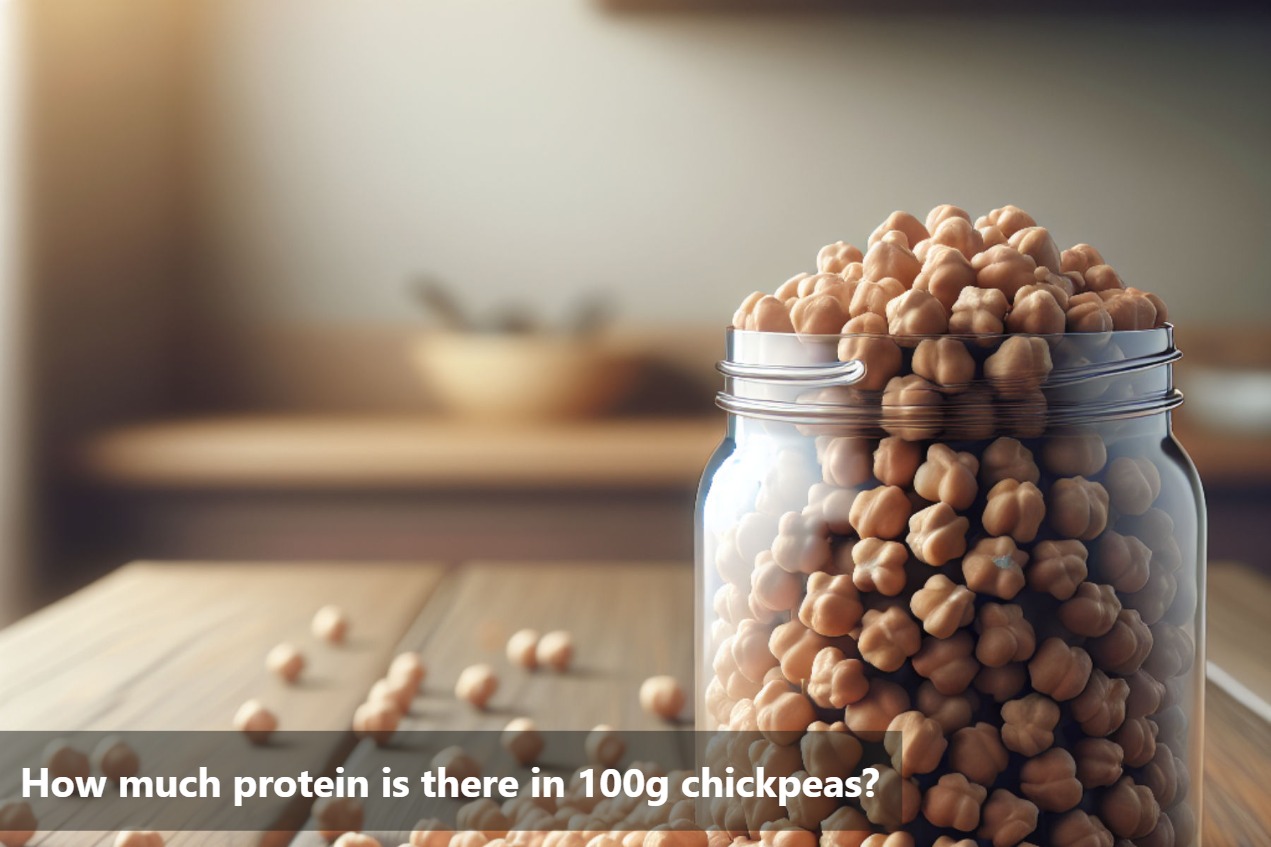
How much protein is there in 100g chickpeas?
Chickpeas, also known as garbanzo beans, offer a substantial amount of protein, making them a popular choice for vegetarians and vegans looking to meet their protein needs. Apart from protein, chickpeas are rich in other vital nutrients like fiber, vitamins, and minerals, further enhancing their nutritional value.
The protein content in chickpeas per 100 grams is quite impressive, making them a valuable addition to a well-rounded diet. Whether consumed on their own, added to salads, or blended into creamy hummus, chickpeas offer a versatile and convenient way to boost protein intake.

Nutritional Profile of Chickpeas
S.No. |
Nutrition |
Value |
|---|---|---|
1. |
Protein |
20 g |
2. |
Dietary fibre |
12 g |
3. |
Carbohydrates |
63 g |
4. |
Fat |
6 g |
5. |
Calcium |
57 mg |
6. |
Iron |
4.31 mg |
7. |
Potassium |
718 mg |
8. |
Calories |
378 cal |
Health Benefits of Chickpeas
Rich in Protein: Chickpeas are an excellent plant-based source of protein, making them an ideal choice for vegetarians and vegans. They contain about 8-9 grams of protein per 100 grams, helping to support muscle growth and repair.
High in Fiber: Chickpeas are rich in dietary fiber, both soluble and insoluble, which aids digestion, promotes regular bowel movements, and helps maintain a healthy gut microbiome. A high-fiber diet can also contribute to weight management and lower the risk of chronic diseases such as heart disease and type 2 diabetes.
Regulates Blood Sugar: The combination of protein and fiber in chickpeas helps slow down the digestion and absorption of carbohydrates, leading to a gradual release of glucose into the bloodstream. This can help stabilize blood sugar levels and prevent spikes and crashes, making chickpeas a suitable food for individuals with diabetes or those aiming to manage their blood sugar levels.
Heart Health: Chickpeas are low in saturated fat and cholesterol while being rich in soluble fiber, which can help lower LDL (bad) cholesterol levels. Additionally, they contain potassium, magnesium, and other nutrients that support heart health by regulating blood pressure and reducing the risk of cardiovascular diseases.
Weight Management: Despite being relatively high in calories, chickpeas have a low glycemic index and are satiating due to their protein and fiber content. Including chickpeas in meals can help promote feelings of fullness and reduce overall calorie intake, thereby supporting weight loss and weight management efforts.
Incorporate Chickpeas in your diet
Roasted Chickpeas: Toss cooked chickpeas with olive oil and your favorite seasonings (such as paprika, cumin, or curry powder), then roast them in the oven until crispy. Enjoy them as a crunchy snack or sprinkle them on top of salads and soups for added texture.
Chickpea Salad: Combine cooked chickpeas with diced vegetables (such as cucumber, tomato, bell pepper, and red onion), fresh herbs (such as parsley or cilantro), and a simple dressing of olive oil, lemon juice, salt, and pepper. Serve it as a side dish or light meal.
Chickpea Curry: Make a delicious and comforting chickpea curry by simmering cooked chickpeas with onions, garlic, ginger, tomatoes, and coconut milk, along with your favorite curry spices. Serve it over rice or with naan bread for a satisfying meal.
Chickpea Soup: Add cooked chickpeas to soups and stews for extra protein and heartiness. Combine them with vegetables, broth, herbs, and spices to create a flavorful and nourishing soup that's perfect for chilly days.
Chickpea Stir-Fry: Stir-fry cooked chickpeas with mixed vegetables (such as bell peppers, broccoli, carrots, and snap peas) in a flavorful sauce made with soy sauce, garlic, ginger, and sesame oil. Serve it over rice or noodles for a quick and nutritious meal.
Chickpea Wraps: Fill whole grain wraps or tortillas with mashed chickpeas, avocado, lettuce, tomato, and your favorite sauces or condiments for a satisfying and portable lunch option.
Chickpea Burger: Make homemade veggie burgers using mashed chickpeas, cooked quinoa or rice, breadcrumbs, and spices. Grill or bake them until golden and serve them on whole grain buns with your favorite toppings.
Chickpea Snacks: Incorporate chickpea flour into your baking recipes to make nutritious snacks like chickpea flour crackers, pancakes, or muffins. You can also buy roasted chickpea snacks or chickpea-based chips for a convenient on-the-go option.

Analyzing the Protein Content in 100g of Chickpeas
The protein found in chickpeas is of high quality, containing a variety of essential amino acids necessary for various bodily functions. Incorporating chickpeas into meals can aid in maintaining muscle mass, supporting tissue repair, and promoting overall growth and development.
Beyond their protein content, chickpeas also provide a host of other nutrients such as fiber, vitamins, and minerals, further enhancing their value in a balanced diet. The fiber content in chickpeas contributes to digestive health and may help regulate blood sugar levels.
The protein-rich nature of chickpeas makes them a valuable addition to vegetarian, vegan, or flexitarian diets, offering a sustainable and wholesome source of plant-based protein to support overall health and well-being.
This Blog post is an initiative by Lo! Foods, to provide accurate and Nutritionist / Doctor approved information related to Health. Lo! Foods is India's leading brand for Everyday Functional Foods. Foods designed for specific Health conditions or Needs. Lo! Foods also runs India's largest range of Low Carb Healthy Cloud Kitchens, under the brand names of Lo!, ProteinChef, ATH (All Things Healthy) and DiabeSmart.



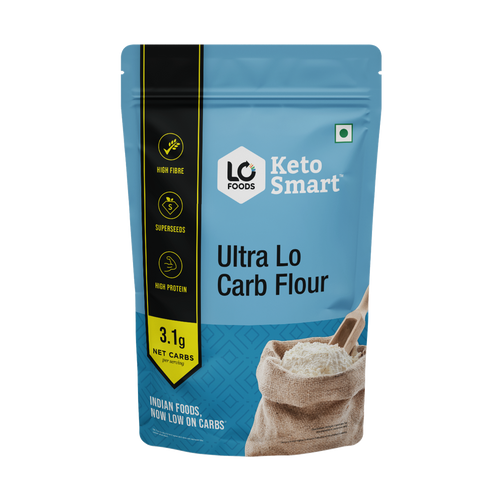
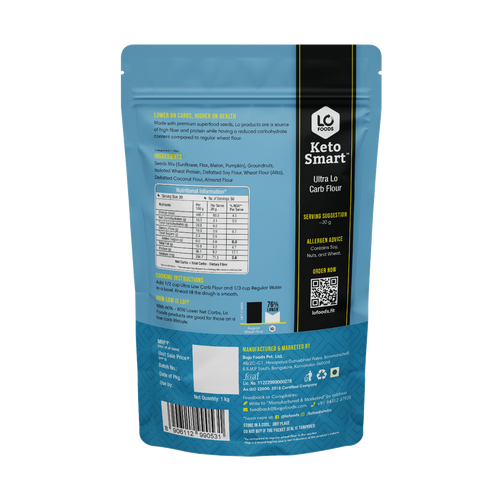
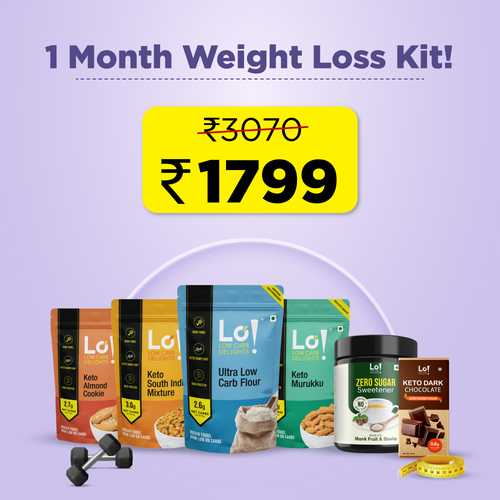
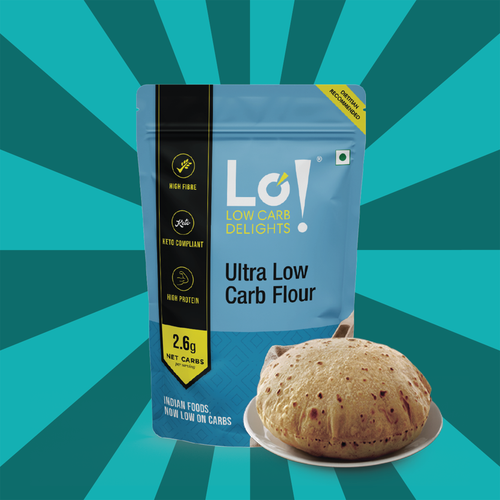


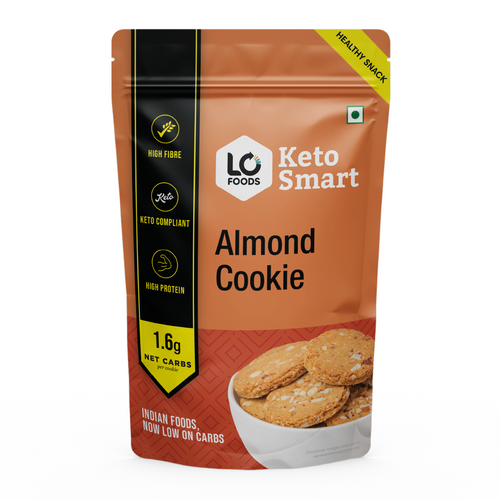





Leave a comment
Your email address will not be published.